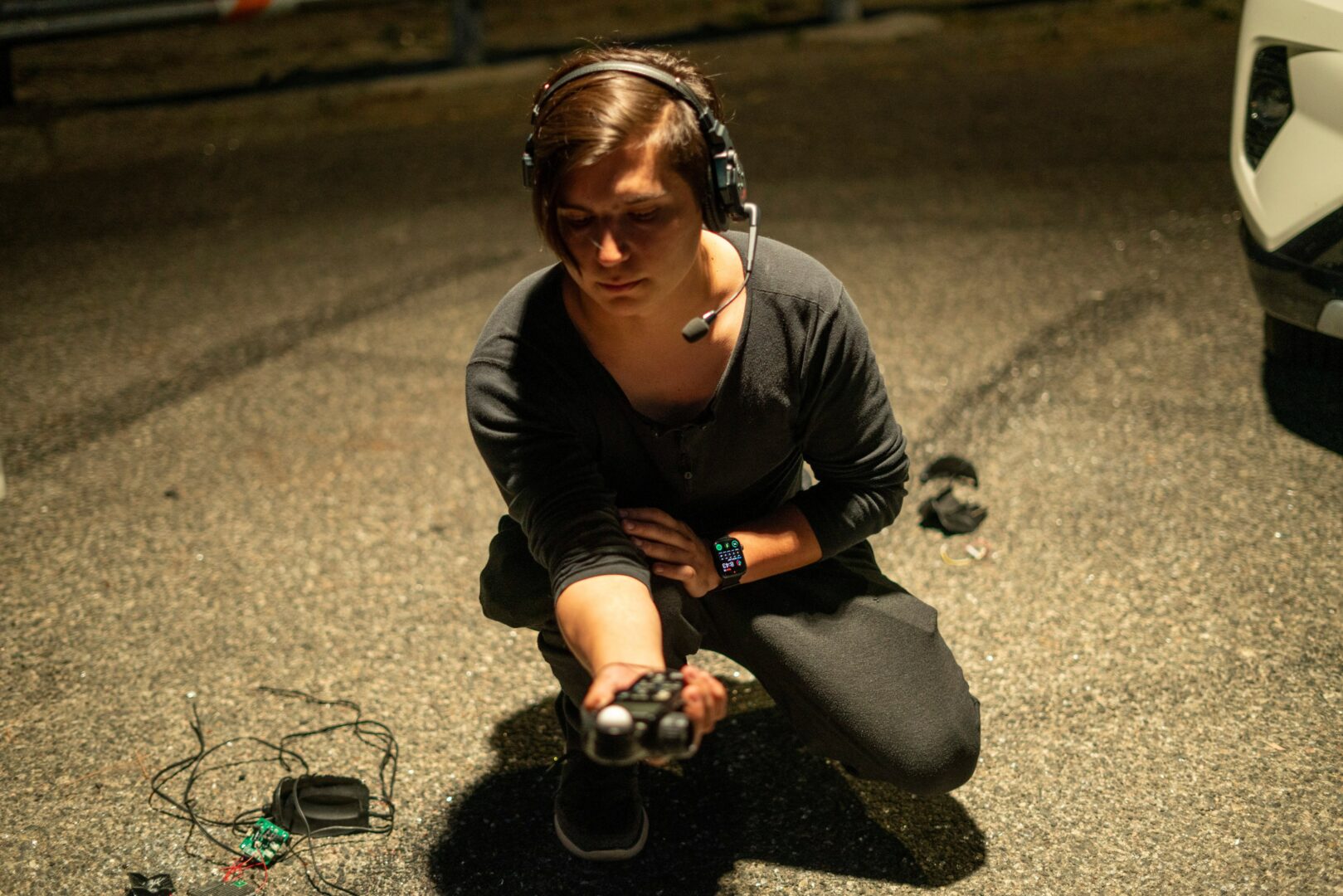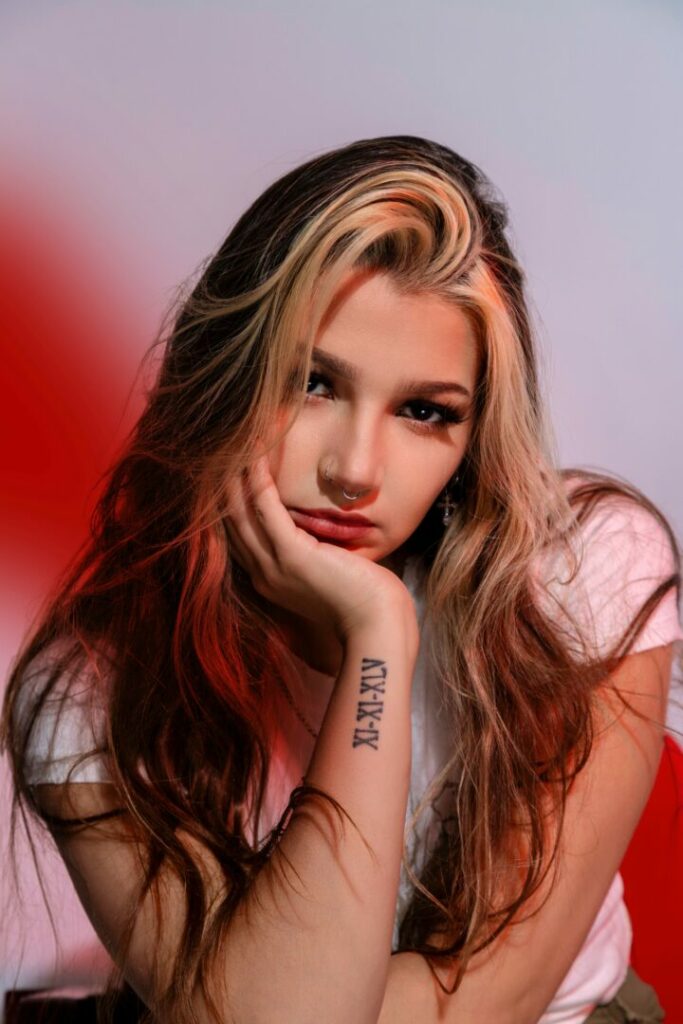Alright – so today we’ve got the honor of introducing you to Daniel Gomez. We think you’ll enjoy our conversation, we’ve shared it below.
Hi Daniel , so excited to have you with us today, particularly to get your insight on a topic that comes up constantly in the community – overcoming creativity blocks. Any thoughts you can share with us?
For me, overcoming creative blocks is about embracing the process and recognizing that creativity ebbs and flows. One of the most effective ways I’ve found to break through a block is to step away from the project temporarily. Often, I’ll immerse myself in a completely different activity—whether it’s watching a movie, going for a walk, or even reading something unrelated to filmmaking. These breaks help clear my mind and often lead to unexpected inspiration.
I also find collaboration to be an essential tool. Talking through ideas with a director, fellow cinematographer, or even a friend can spark fresh perspectives. Creative blocks often come from overthinking or getting stuck in one way of approaching a problem, so hearing someone else’s thoughts can open up new possibilities.
Lastly, I try to remind myself that not every idea has to be perfect from the start. Allowing myself to make mistakes or explore concepts that might not work frees me from the pressure of having everything figured out. This mindset shift has helped me stay productive even during challenging times, and more often than not, those moments of experimentation lead to some of my best work.

Thanks for sharing that. So, before we get any further into our conversation, can you tell our readers a bit about yourself and what you’re working on?
the film industry. What excites me most about my work is the ability to bring stories to life in a way that resonates deeply with audiences. Whether it’s through the careful use of lighting, framing, or movement, every decision made behind the camera is a step toward creating an emotional connection with the viewer.
What makes my journey special is the diverse range of projects I’ve had the opportunity to work on, spanning commercials, music videos, short films, and feature films. I’ve also had the privilege of working in different roles, both as a cinematographer and a gaffer, which has given me a deeper understanding of the filmmaking process. I enjoy the technical challenges and creative problem-solving that come with each project, and I’m always pushing myself to evolve alongside new technologies and trends in the industry.
Currently, I’m focused on expanding my work internationally, particularly through collaborations in the Indian film industry. This has been an incredibly rewarding experience, as it’s given me the chance to bring a different cultural perspective into my cinematography. I’m also excited to be working on a few upcoming projects that allow me to explore new genres and visual techniques.
For me, storytelling is at the heart of everything I do. I want my work to have an impact—not just visually, but emotionally—and I’m always looking for ways to push boundaries and create something that leaves a lasting impression on the audience.

If you had to pick three qualities that are most important to develop, which three would you say matter most?
Looking back, I’d say the three most impactful qualities and skills in my journey have been adaptability, collaboration, and continuous learning.
Adaptability: The film industry is full of surprises, and things don’t always go as planned. Whether it’s a last-minute change in location, unexpected technical issues, or tight deadlines, being able to think on my feet and adjust quickly has been crucial. For anyone starting out, I’d advise developing a mindset where you see challenges as opportunities. Learn to be flexible with your approach and find creative solutions to problems. The ability to stay calm and focused under pressure is invaluable.
Collaboration: Filmmaking is a highly collaborative art form, and no project is done in isolation. Building strong relationships with directors, crew members, and other creatives has been essential to my growth. Early in your journey, invest time in learning how to communicate and work well with others. Understand that every role on set contributes to the final product. Being open to feedback, listening to others’ ideas, and creating a positive working environment will help you grow faster and lead to stronger, more impactful work.
Continuous Learning: The film industry is constantly evolving, especially with new technologies and techniques emerging all the time. Staying curious and committed to learning has helped me stay ahead of the curve and keep my work fresh. My advice is to never stop learning, whether it’s taking courses, reading, experimenting with new gear, or simply observing how others work. The more you expand your knowledge, the more versatile and confident you’ll become in your craft.
For those early in their journey, focus on developing these qualities by actively seeking out new experiences and embracing both successes and failures as learning opportunities. Stay humble, keep pushing your limits, and surround yourself with people who inspire you to be better.
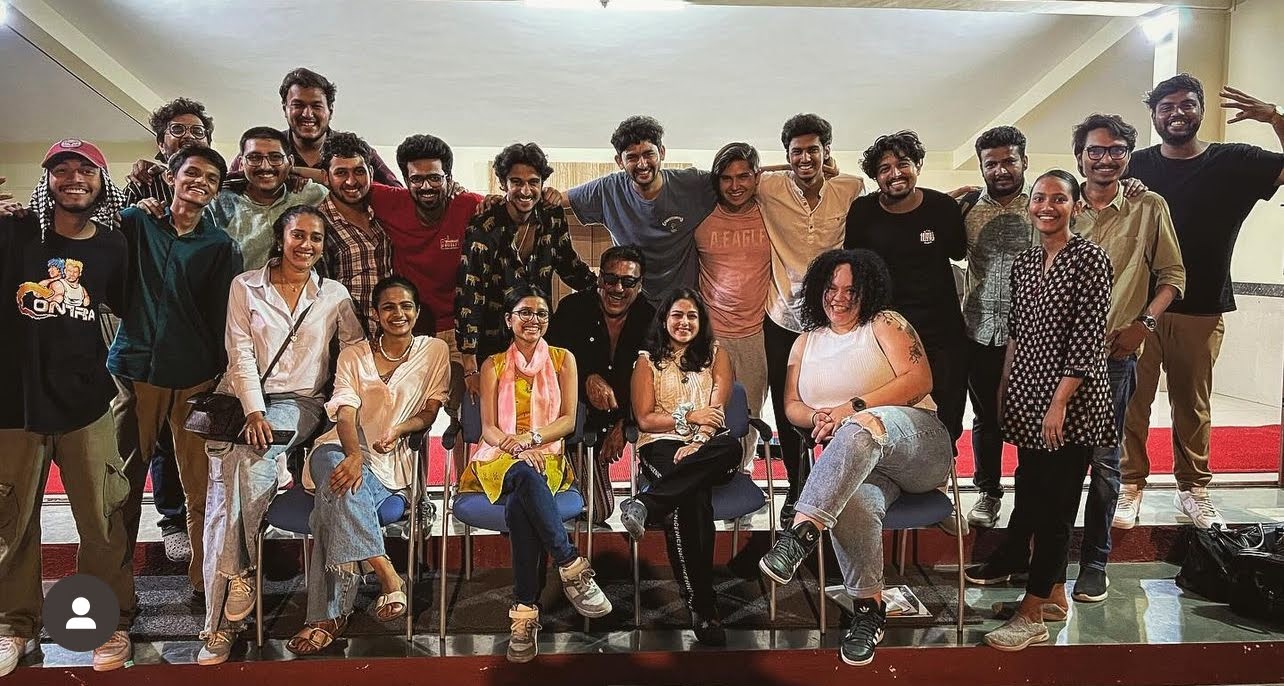
What would you advise – going all in on your strengths or investing on areas where you aren’t as strong to be more well-rounded?
I think it’s important to strike a balance between going all in on your strengths and working on areas where you’re not as strong. Your strengths are what make you unique and can set you apart in your field, so it’s crucial to refine and leverage them. However, being too focused on only what you’re good at can limit your growth. Improving on weaker areas helps you become more versatile, adaptable, and capable of handling the unexpected.
For example, I’ve always been drawn to the creative side of cinematography—how lighting, composition, and movement can evoke emotions and tell a story. That’s where my passion and strengths lie, so I’ve consistently invested time in developing those skills. But early on, I realized that to be more effective on set, I also needed to improve my technical knowledge, particularly when it came to equipment and lighting setups, which at the time were not my strongest areas. Instead of relying on a gaffer or lighting technician to solve those problems, I took the initiative to learn more about those roles, eventually working as a gaffer on several projects.
This decision to work on my weaknesses helped me immensely. It made me a more well-rounded cinematographer and allowed me to communicate better with my crew. It also opened up opportunities where I could step into different roles on set, making me more versatile and collaborative. I believe that having a solid foundation across different areas of your craft can enhance your strengths rather than diminish them.
So, my advice is to invest in your strengths because that’s where your uniqueness and value lie, but don’t neglect your weaknesses. When you can combine the two, you become not only more well-rounded but also more capable of handling the challenges that inevitably arise in any creative field.
Contact Info:
- Website: https://imdb.me/danielgomez
- Instagram: @daniellnp
- Other: https://linktr.ee/DanielGomezDOP
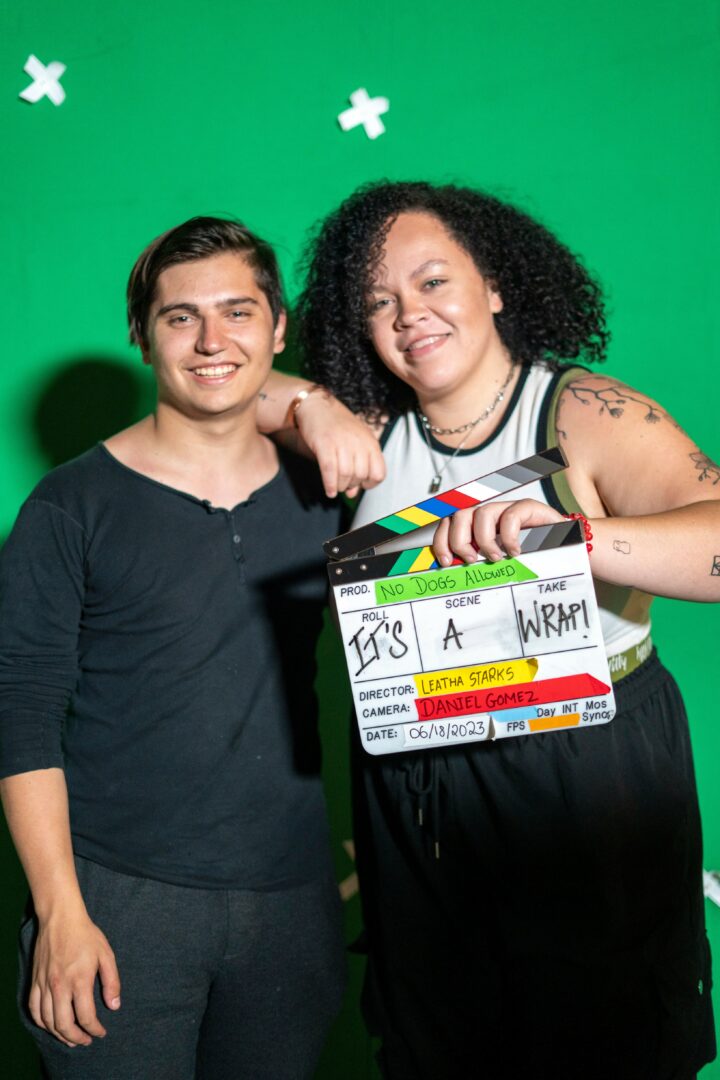
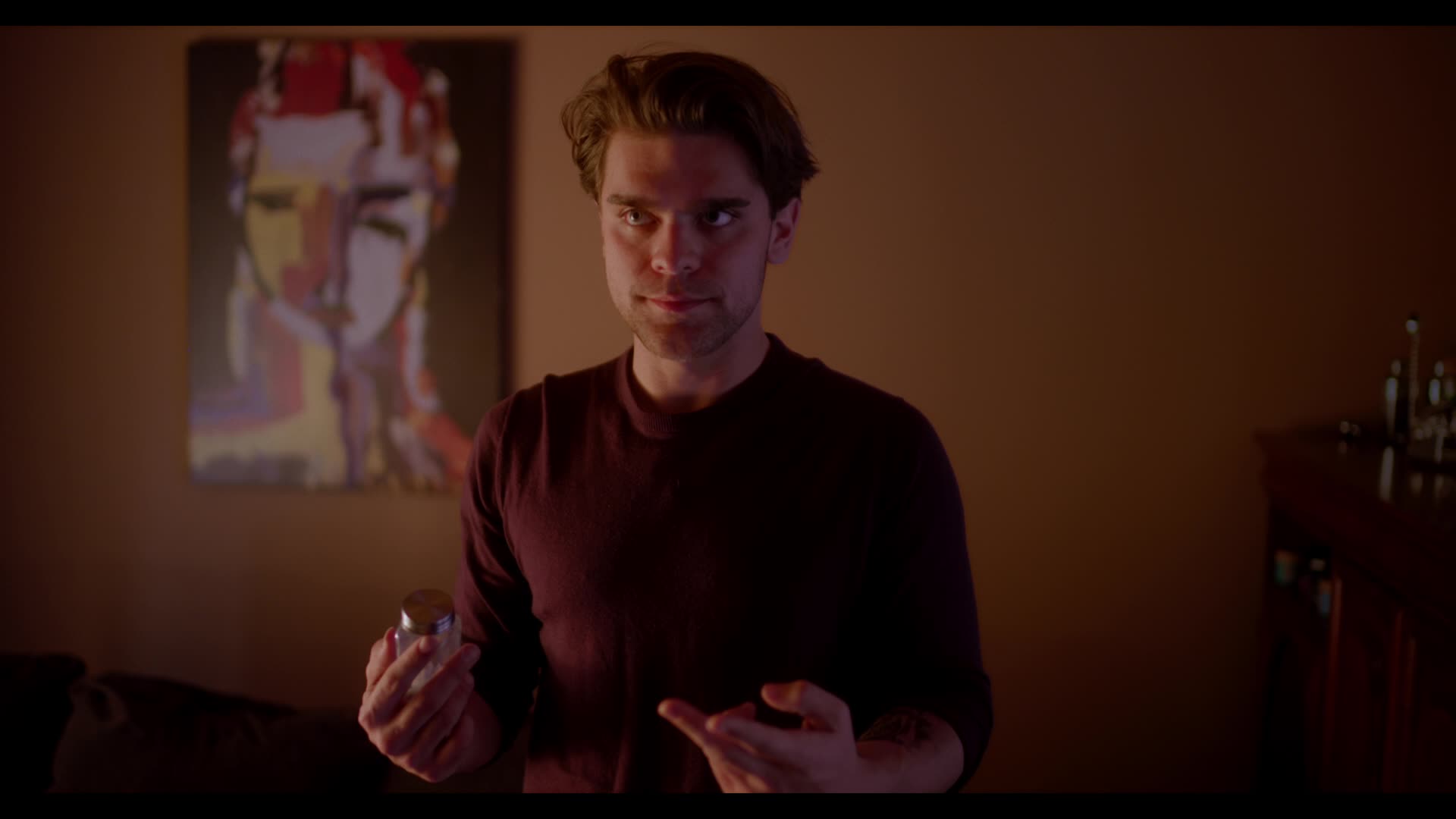
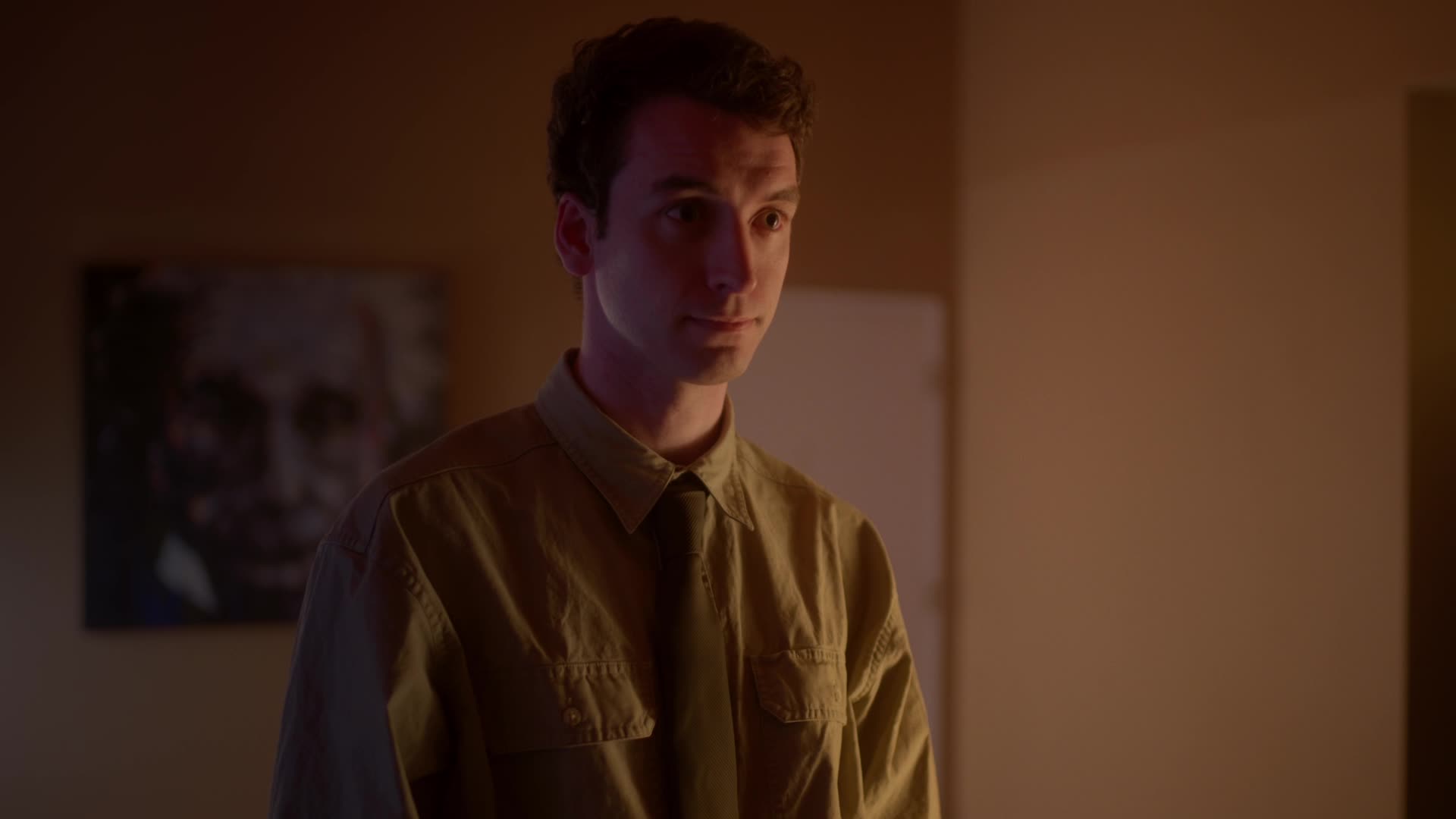
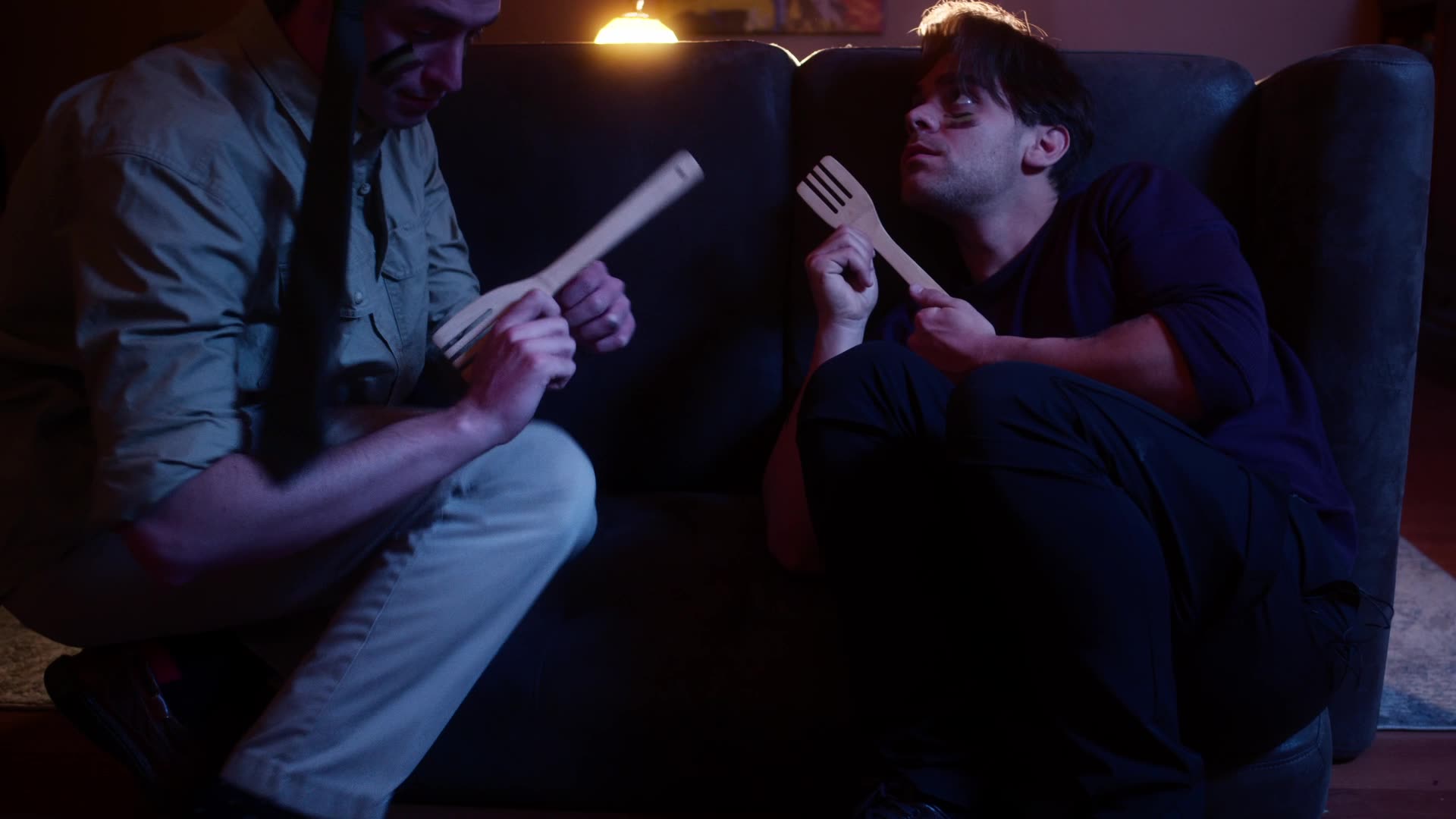
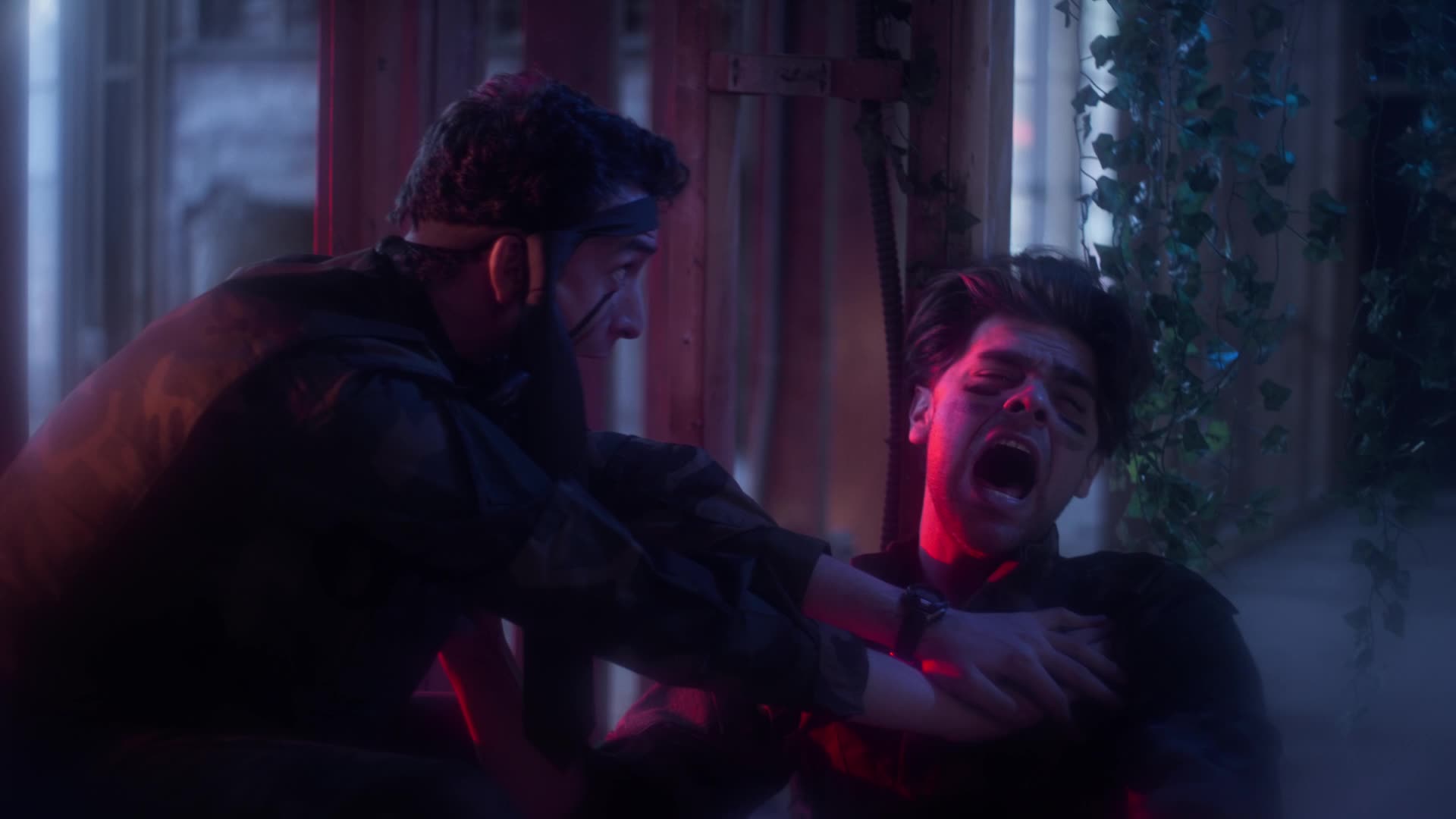
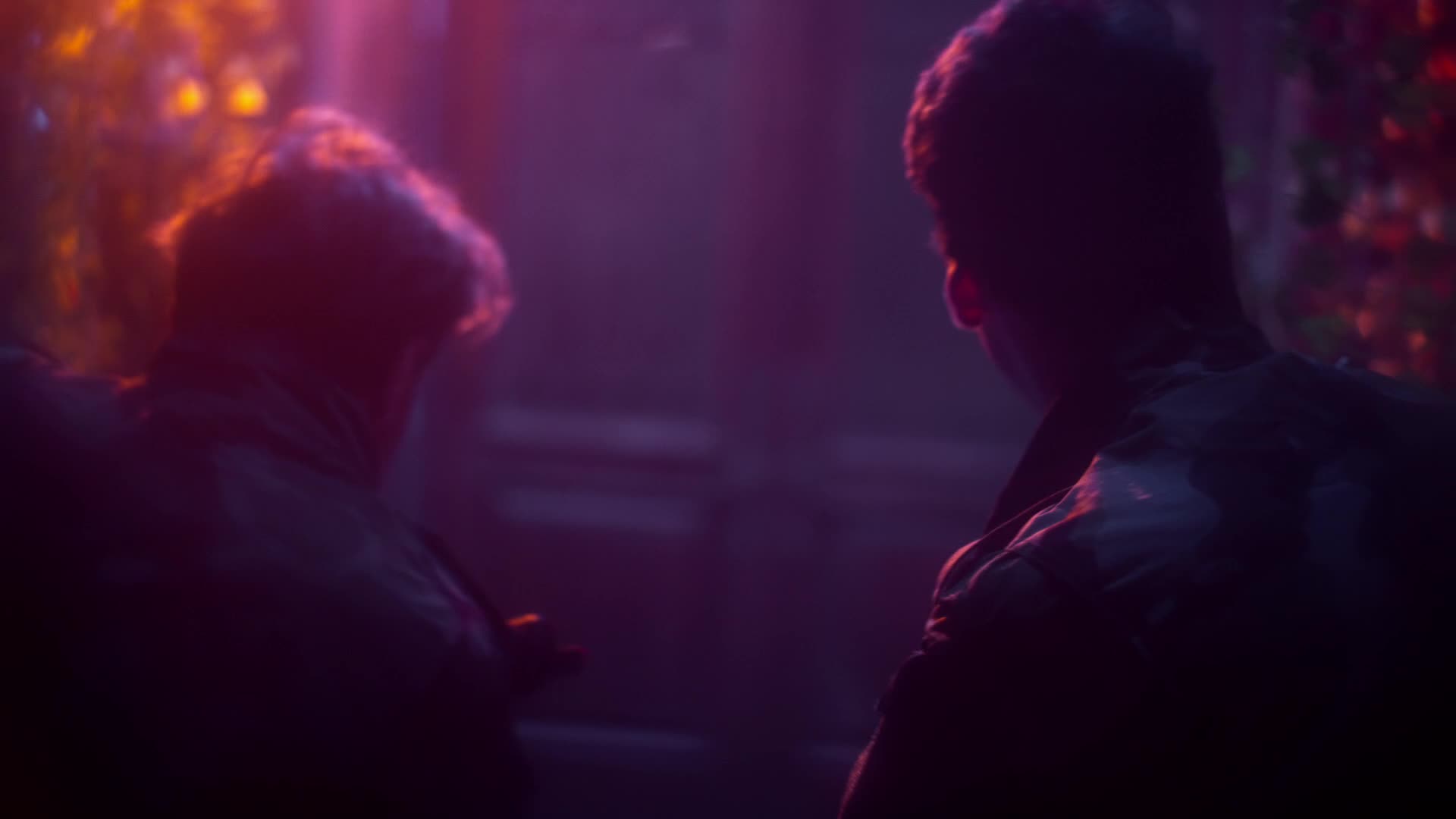
Image Credits
Stills from: The Lucy Effect
so if you or someone you know deserves recognition please let us know here.

